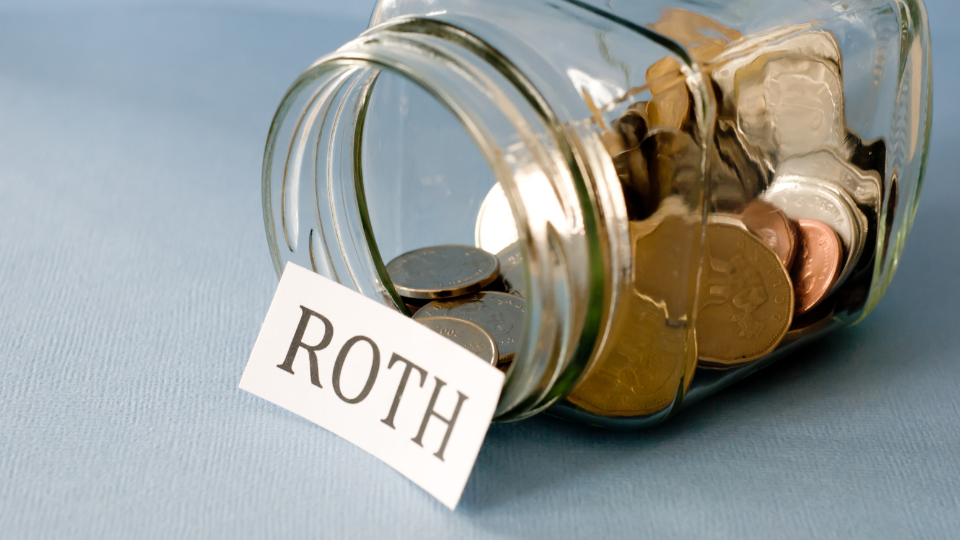The New Roth Employer Match
The recently passed SECURE Act 2.0 has opened up a new opportunity for saving money to Roth retirement accounts. The new provision allows you to elect to have employer matching contributions or nonelective (profit sharing) contributions made to a Roth account in your 401(k), 403(b) or governmental 457(b) plan.
This article will discuss who can do this and when. We’ll also discuss some of the details that remain to be ironed out, and what you should be thinking about when deciding if this is the best course of action for your own retirement savings.
When Roth Employer Contributions Will Be In Effect
Technically, Roth employer matching and nonelective contributions can be made after the date of enactment of the SECURE Act 2.0, which is December 29, 2022.
However, in reality, it will take time for employers, payroll providers, and plan administrators to update systems and processes to be able to accommodate this new type of contribution.
How Roth Employer Contributions Work
Contributions
Employees must elect for matching or nonelective contributions to be made into their plan’s Roth account. However, the new provision is optional for retirement plans, so employers are not required to update their plans to include it.
Roth employer contributions will be made on an after tax basis. This means that any money your employer contributes to your Roth account will be included in your taxable income in the year of the contribution.
Vesting Requirement
One requirement included in the SECURE Act 2.0 is that Roth employer contributions must be fully vested. This means that if your employer plan has a vesting schedule, for example 25% of employer contributions vest each year over your first four years of employment, you may not be eligible to elect Roth contributions until after the full four year vesting period has been met.
Distributions
Taking Roth employer contributions out of your plan will work just like any other Roth account. Contributions will come out tax free, and as long as you are age 59 ½ and have had the account open for 5 years or more, distributions of earnings will also be tax and penalty free.
Who Should Consider Roth Employer Contributions
When determining whether to have your employer matching or nonelective contributions made to a Roth account, you should go through a similar process as when you’re deciding where to direct your employee contributions.
The number one factor to consider is the current tax rate at which you’d receive a deduction for a pre-tax contribution (or in the case of matching contributions, the rate at which you would avoid paying taxes on the additional income) as compared to the expected future tax rate that would be applied to distributions.
Of course, predicting your future tax rate, and more specifically the tax rate that you would pay on your pre-tax retirement account withdrawals, is no easy feat. However, there are some things you can consider that might make this more clear:
- Is your income today significantly higher than the income you want to live off of in retirement?
- Will you have future sources of taxable income such as a pension or social security that will drive up your future tax rate?
- If you plan to leave money to future generations, will they likely be in a higher or lower tax bracket than you are while you’re making contributions?
- Are you charitably inclined and considering taking advantage of qualified charitable distributions from your pre-tax retirement accounts?
These considerations won’t allow you to pinpoint your exact future tax rate, but may allow you to make a more educated comparison between your current future rates.
Does Your Plan Allow Roth Employer Contributions
The new provision for employer Roth contributions is optional, which means that each individual plan can decide whether or not to implement the change.
There are a couple ways you can find out if your employer’s plan will be allowing Roth matching or nonelective contributions.
It’s likely that your employer would advertise this new benefit to employees – so keep an eye out for communication from your employer.
If you want to check on this change more proactively, reach out to your employer’s human resources department and ask for a copy of the summary plan description for your plan. When a retirement plan implements this new provision, it will need to update its plan documents, and this should be reflected in the summary plan description.
Conclusion
There are still some unanswered questions as to when how employer Roth contributions will be implemented.
However, we do know that Roth employer contributions will be an option for many employees, so now is the time to start thinking through whether you can benefit from this potentially powerful new way to save more money to a Roth account where it will grow tax free.
Joe Calvetti is a CPA and the founder of Still River Financial Planning, a comprehensive, fee-only financial planning firm that specializes in working with young families and professionals. Click here to learn more about how we work with clients.
Are you interested in staying up to date on new articles and other news from us? Sign up for our newsletter or follow us on Facebook and Instagram.
Ready to learn more about how we can work together? Schedule an introductory call.
Disclaimer: The information provided above is for educational purposes only and should not be considered financial, legal, or tax advice. You should consult with a professional for advice specific to your situation.






